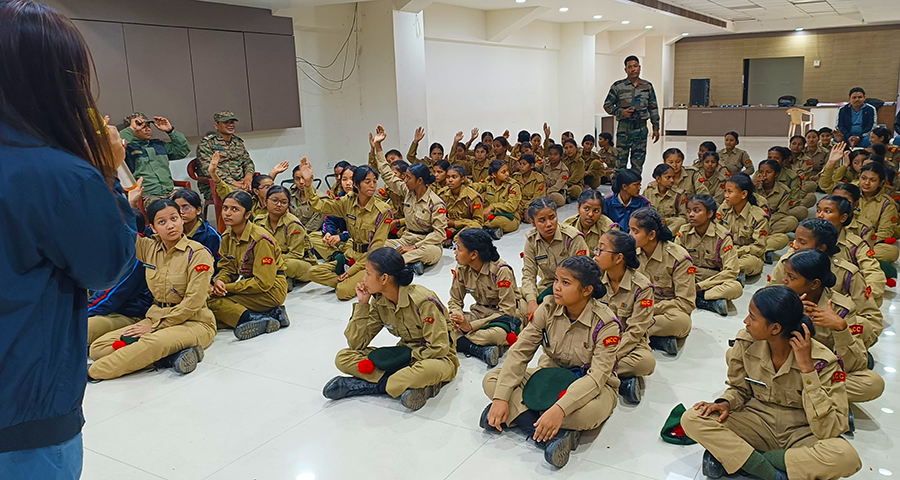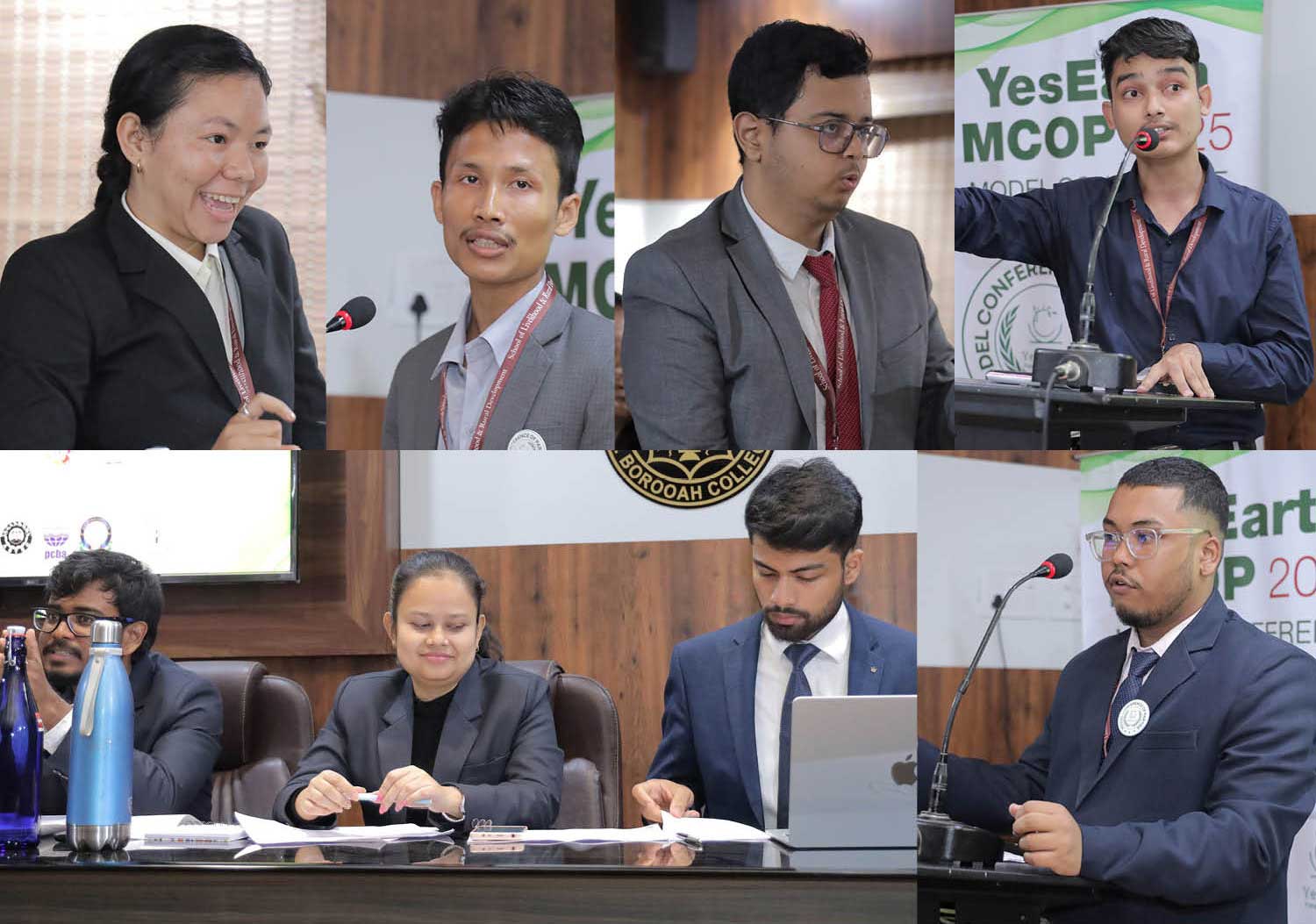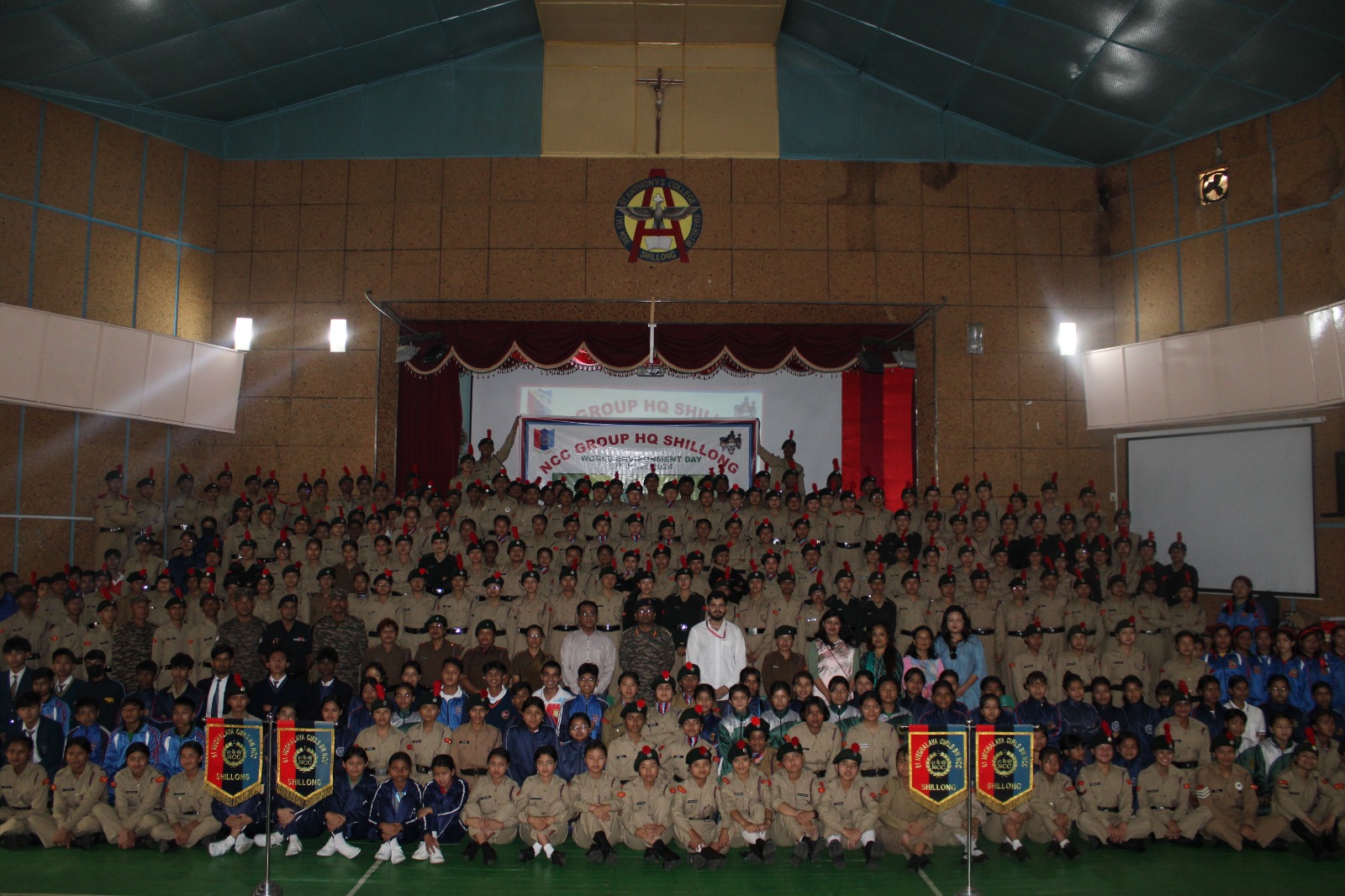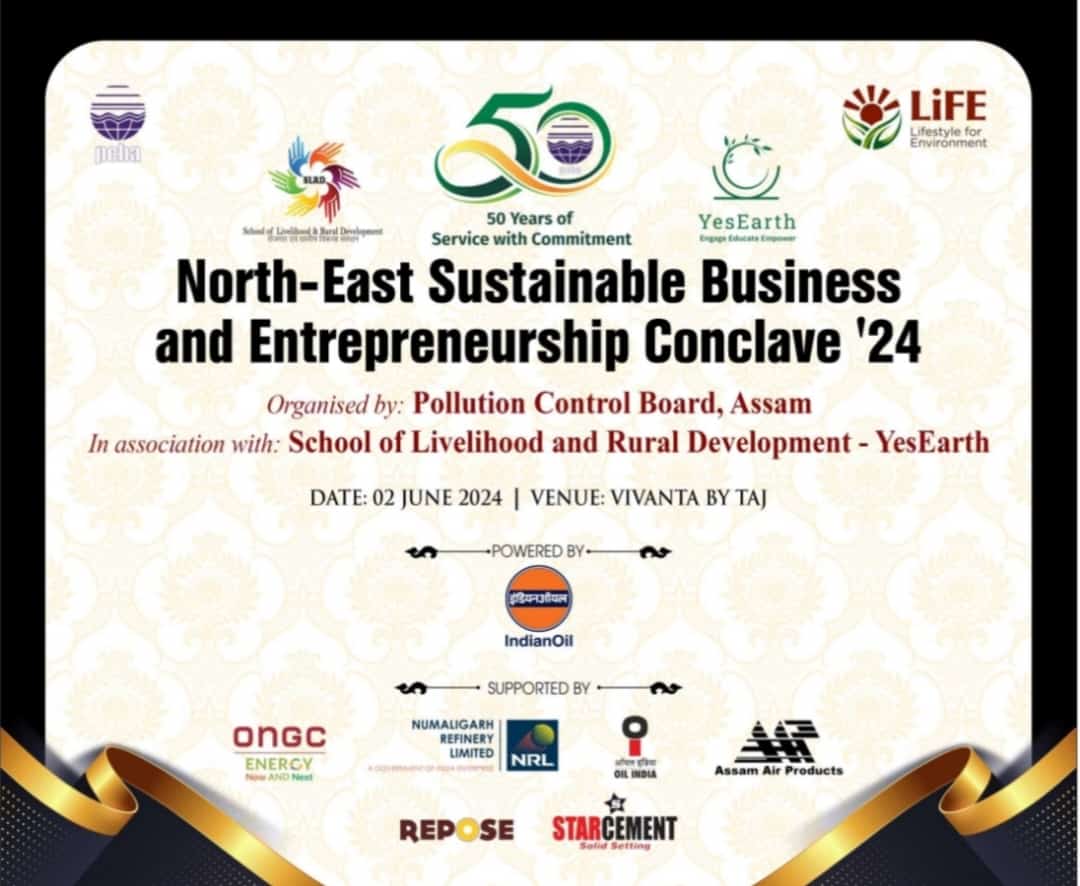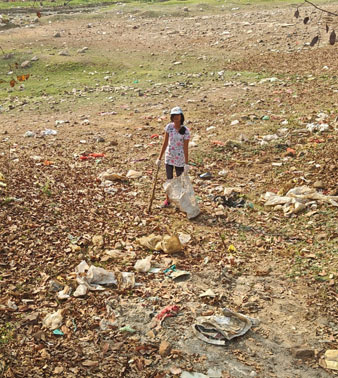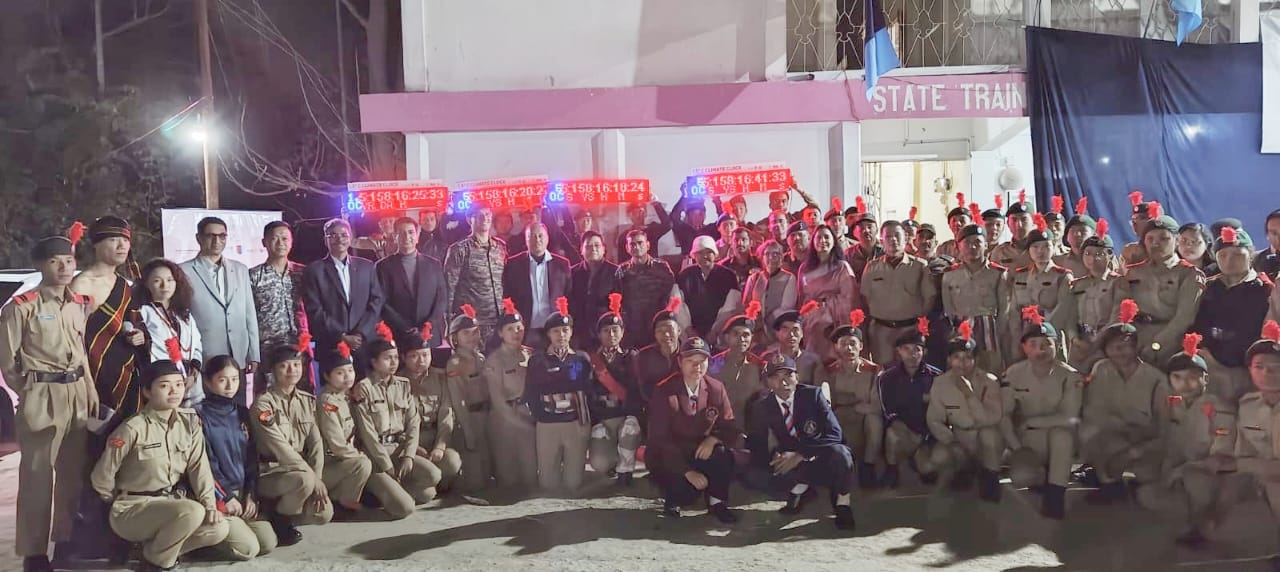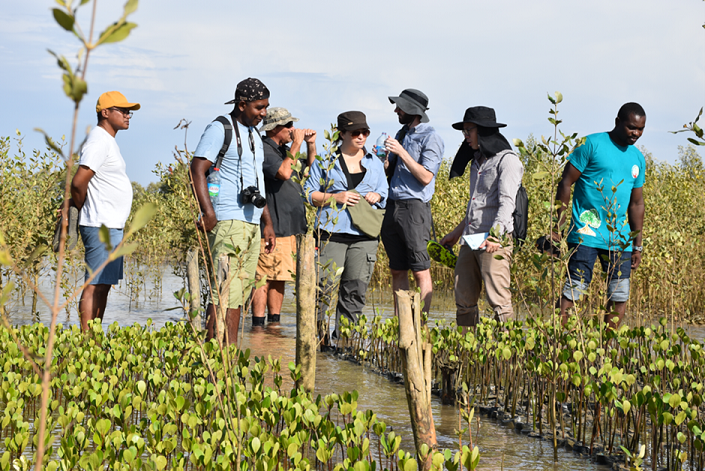Mangrove Restoration Project Reaches 90 Percent Survival Rate
The USDA Forest Service has been partnering with the Malagasy government, the US Agency for International Development and eight communities in the Menabe region of western Madagascar to employ a biophysical approach to mangrove restoration. The approach assesses tidal, soil and environmental conditions of proposed restoration sites and then adjusts mangrove propagation and outplanting methods to match ecosystem needs. Invested community members lead both the propagation and planting of the robust seedlings. The results have been encouraging. Recent monitoring found that in sites where seedlings were developed in a nursery, based upon results from a biophysical assessment, survival rates of planted seedlings were 90% after several months.
The biophysical approach has been a game-changer in the Menabe region. Past mangrove restoration efforts in the region have suffered due to the challenges of a semi-arid climate and the impacts from shifting coastal sand dunes and upland erosion impacting soil and freshwater flows. A direct seeding approach yielded low rates of survival.
Source:

